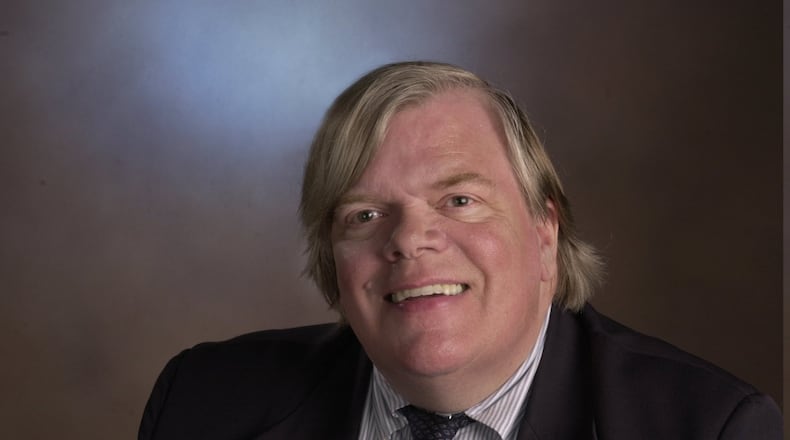Still, this November’s election is arguably a prelude to what, in purely Ohio terms, is an Ohio main event – the 2026 battle for statewide elected executive office at the Statehouse. That’s because, while others may disagree, what Ohio governors (and, say, Ohio attorneys general) do in Columbus can affect everyday Ohioans almost as much as what federal pols do in Washington. (If that weren’t so, explain the avalanche of fat-cat donations to statewide political campaigns in Ohio, for candidates as well as for – or against – statewide ballot issues.)
Understandably, the presidential race between Joe Biden and Donald Trump will draw the most airtime between now and November, followed by the U.S. Senate contest between incumbent Democrat Sherrod Brown, of Cleveland, and his GOP challenger, Westlake entrepreneur Bernie Moreno, who has Trump’s ardent support.
As to 2026 contenders for statewide executive office, Ohio Republicans, as usual, have a big talent pool of statewide prospects.
And there is a very tempting opening looming then because Gov. Mike DeWine, of Cedarville, will complete two consecutive terms as governor in January 2027, can’t seek a third consecutive stint in 2026 because of term-limits.
Lt. Gov. Jon Husted appears to be DeWine’s heir-apparent as 2026′s prospective GOP candidate for governor. Husted has been joined at the hip to DeWine and seems to draw more statewide publicity than any lieutenant governor since, say, Lakewood Democrat Richard F. Celeste (1975-79), who later served as governor (from 1983 to 1991).
Crediting Husted with his strong political advantages assumes, however, that he won’t be spattered in voters’ eyes by the House Bill 6 scandal, the proposed state bailout of two nuclear power plants then owned by the Akron-based electric company, FirstEnergy Corp., to which Husted has had ties, and Husted’s support of DeWine’s appointment of the late Samuel Randazzo, later indicted in the HB 6 affair, to chair the Public Utilities Commission of Ohio. (In fairness, Ohio’s Senate unanimously confirmed Randazzo’s appointment – and HB 6 couldn’t have become law if some Democrats in the General Assembly hadn’t voted for it.)
The nuclear subsidies were repealed, but a remaining part of HB 6 has cost Ohio consumers almost $250 million.
Still, even allowing for Husted’s prominence, experience-heavy resume (Ohio House speaker, secretary of state) photogenic looks and DeWine’s support, it’s hard to believe Attorney General Dave Yost, wouldn’t at least be tempted to run for 2026′s GOP nomination for governor. Because of term-limits, Yost can’t run again for AG, and he doesn’t seem retirement-bound. And of all the statewide executive officers, Yost seems to have the surest touch for publicity.
The gazes of the GOP’s statewide executive officers call to mind “the Ohio Look” described by James Thurber, the Columbus-born humorist and cartoonist, once a Columbus Dispatch reporter: “[When an Ohio politician’s face displays] the dreamy, faraway expression of a man richly meditating on cheering audiences, landslides, and high office.” That will make for a lively 2026 in Ohio.
Thomas Suddes is a former legislative reporter with The Plain Dealer in Cleveland and writes from Ohio University. You can reach him at tsuddes@gmail.com.
About the Author
